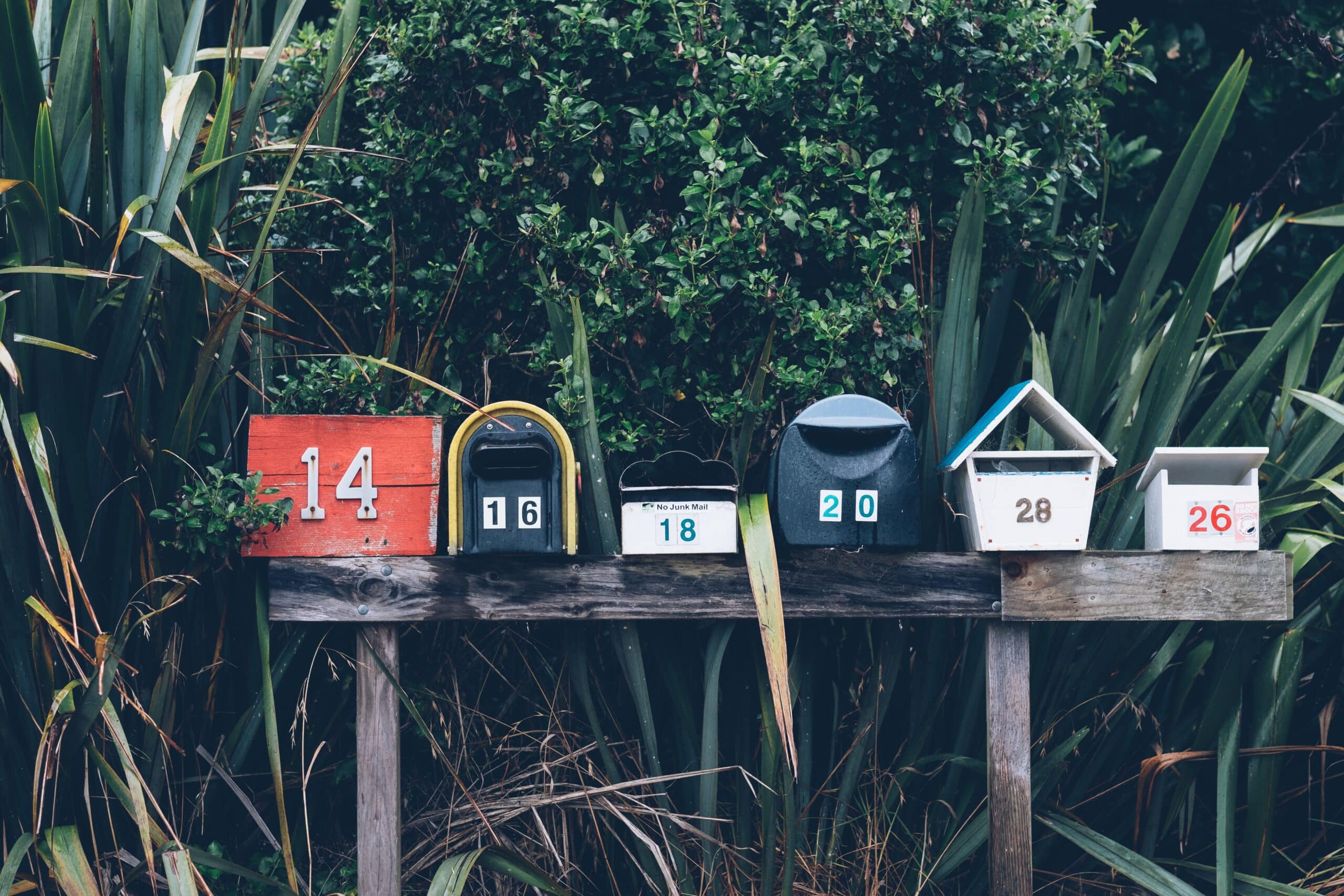Even in the age of the internet – nothing quite beats getting a parcel or letter in the mail. Hearing the purr of the motorbike as they approach, you hope that they slow down at your address. If they do, you are excited and hope that it isn’t a bill, if not – you are disappointed and wait till tomorrow. With millions of Australia’s relying on their postie’s, it is interesting to take a look at how it all started.

It was convict, Isaac Nicholas, that was appointed as the nation’s first postmaster on 25 April 1809. He opened the first post office, located at his house in George Street, Sydney. How it worked was that when a ship arrived in a harbor, Isaac or his deputy was authorised to go on board, collect the mail, and then issue a receipt. The receipt would let the people of the town know that there was a letter waiting for them at the post office. He was authorised to charge a shilling for each letter and 2/6d for each parcel collected, except for letters to soldiers of the New South Wales Corps, who were to be charge only a penny each.
Similarly in Tasmania, a postal service was also set up, with a permeate post office established in 1812 with a postmaster being appointed there. Furthermore they were appointed in the Swan River colony (Western Australia) in 1829, Victoria in 1836, South Australia in 1837 and Moreton Bay (Queensland) in 1842.
The commercialisation of Australia Post have its roots in the Postal Act of 1825. The act was to enable the Governor of New South Wales to fix postage rates, and also appoint postmasters outside of Sydney. The post office was one of the first pieces of infrastructure developed in each new colony and town.
In 1849, the Australian colonies banded together to establish uniform postage rates and to try and achieve greater regularity in their services across borders. Between 1860 and 1900, in the lead up to Federation, a large number of inter-Colonial conferences were also held to discuss ways of making postal services and communications more efficient and cooperative. The need to provide a common and uniform system of communications between the colonies was one of the key drivers behind Federation, and in 1900 the heads of each postal department met in Sydney to thrash out the integration of the separate Colonial postal services under the new Commonwealth. The Commonwealth Post and Telegraph Act was passed in June 1902, and a national Postmaster General’s Department (the PMG) was established, with responsibility for the nation’s mail and telephone services.
Heritage Strategy, Australia Post Heritage Places 2005
5,000 post offices were now under the one umbrella of the PMG. However due to shortages of supplies and finances meant that construction and maintence of the post offices, were the state’s own responsibility until the 1920’s. Than, in 1975 PMG became defunct by a new system that was put place.
Responsibility for telephone and mail services was divided, the Australian Postal Commission (Australia Post) would deal with the mail, and the Australian Telecommunications Commission (formerly Telecom, now Telstra) dealt with telephone services.
In 1911 the cost to send a letter was 1 dime, with inflation rates and a mandate on the price needed, since 1 February 2020 the basic rate to send a letter is $1.10.
2020 Snapshot
Currently there are:
- 4,330 post offices
- 33,039 parcel lockers
- 15,036 street posting boxes
- 4,691 vans, utes, trucks and cars
- 3,764 electric delivery vehicles and electronic assisted motor bikes
- 5,412 motocycles
- up to 17 planes charted a day
- ~228m customers visits physical
- ~495m customer visits digital
- 10m MyPost members
- ~75,000 people in the extended workforce
- 12.3m+ delivery points

Leave a Reply